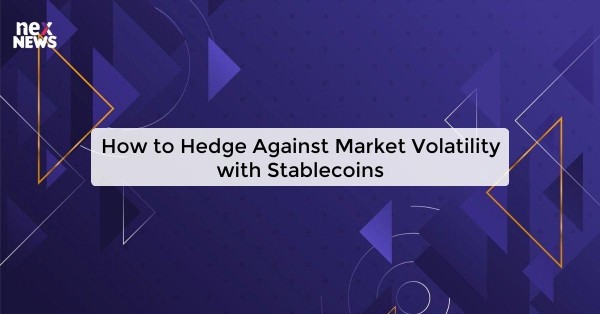What are Stablecoins and How Do They Work?
Stablecoins are a type of cryptocurrency that is pegged to a stable asset, such as a fiat currency like the US dollar or a commodity like gold. This pegging ensures that the value of the stablecoin remains relatively stable compared to other cryptocurrencies that are known for their price volatility. The stability of stablecoins makes them an attractive option for investors looking to hedge against market fluctuations.
The way stablecoins work is by maintaining a reserve of the underlying asset that backs their value. For example, if a stablecoin is pegged to the US dollar, the issuer would hold dollars in a bank account or equivalent assets to ensure that each token is backed by a corresponding amount of dollars. This backing mechanism provides transparency and reassurance to users that the stablecoin will retain its value over time, making it a reliable store of wealth and a convenient medium of exchange in the cryptocurrency ecosystem.
Understanding Market Volatility and Its Impact on Investments
Market volatility refers to the rapid and unpredictable changes in asset prices within a financial market. It is characterized by fluctuations in prices that can be caused by various factors such as economic events, geopolitical tensions, and investor sentiment. Investors often struggle to predict and navigate through volatile market conditions, which can lead to both opportunities and risks for their investment portfolios.
The impact of market volatility on investments can be significant, as it can result in both gains and losses for investors. During times of high volatility, asset prices may experience sharp fluctuations, leading to potential profits for those who can accurately predict market movements. Conversely, market volatility can also increase the risk of capital losses for investors who are unprepared or unable to weather turbulent market conditions. Understanding how market volatility influences investments is crucial for investors to effectively manage risk and make informed decisions in a dynamic financial landscape.
Benefits of Using Stablecoins as a Hedge Against Market Volatility
Stablecoins have emerged as a practical solution for investors looking to mitigate the impacts of market volatility. These digital assets are designed to maintain a stable value by pegging themselves to a reserve asset such as a fiat currency or a commodity. By holding stablecoins, investors can quickly move their capital out of volatile markets into a more stable alternative, helping to protect their wealth during turbulent times.
Moreover, using stablecoins as a hedge can provide investors with a convenient way to diversify their portfolio without being exposed to the risks associated with traditional cryptocurrencies. With stablecoins, investors can easily transfer their funds across different exchanges or platforms without having to cash out into fiat currencies, thus reducing transaction costs and time delays. This flexibility and stability make stablecoins an attractive option for investors seeking to safeguard their investments in a volatile market environment.
Different Types of Stablecoins Available in the Market
One of the most common types of stablecoins available in the market are fiat-collateralized stablecoins. These stablecoins are pegged to a fiat currency like the US dollar or the Euro, and are backed by a reserve of the corresponding fiat currency held in a bank account or through another centralized mechanism. Tether (USDT) and USD Coin (USDC) are examples of popular fiat-collateralized stablecoins.
Another type of stablecoin is commodity-collateralized stablecoins which are backed by physical assets such as gold, silver, or other commodities. These stablecoins offer stability by pegging their value to the price of the underlying commodity. One of the advantages of commodity-collateralized stablecoins is that they can provide a hedge against market volatility as the value of commodities tends to be less volatile compared to cryptocurrencies.
Factors to Consider When Choosing Stablecoins for Hedging
When selecting stablecoins for hedging purposes, it is crucial to consider the coin's underlying technology and stability mechanism. Understanding how a stablecoin maintains its peg to a fiat currency or asset can provide insight into its effectiveness as a hedge against market volatility. Conducting thorough research on the stablecoin's whitepaper and auditing reports can help investors gauge the coin's reliability and trustworthiness.
Additionally, liquidity plays a significant role in the suitability of a stablecoin for hedging purposes. An illiquid stablecoin may pose challenges when it comes to quickly entering or exiting a position during times of market volatility. Therefore, opting for stablecoins with a robust trading volume and widespread adoption could enhance the effectiveness of hedging strategies.
